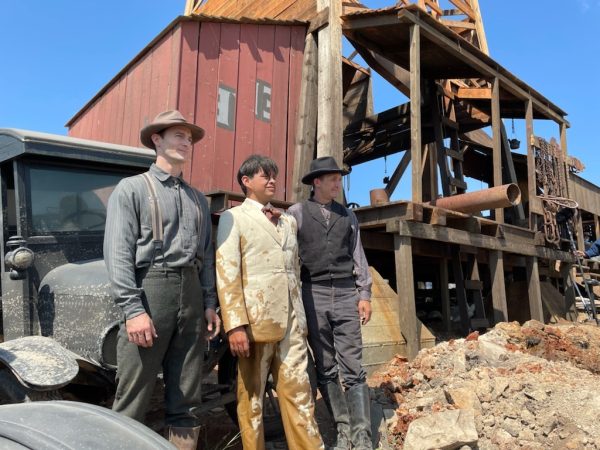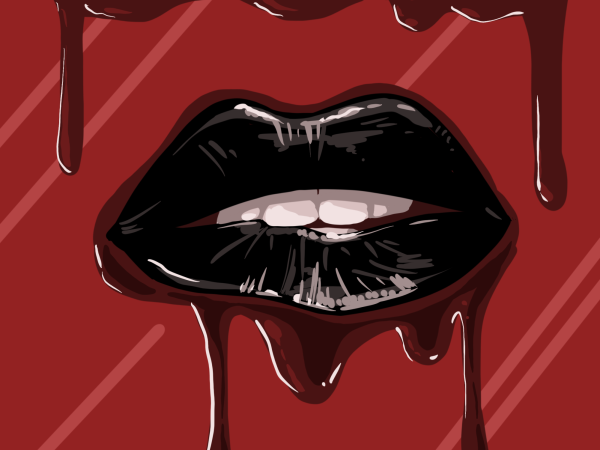Garner: Reeves shakes his cage in “War for the Planet of the Apes”
I imagine when “Planet of the Apes” was released in 1968 its heavy prosthetic work and expert make-up regiment were considered revolutionary. Walking into a dark movie theater the same year as “2001: A Space Odyssey” and witnessing Charlton Heston grapple with the complexity of his simian captors must have been otherworldly. Indeed, we hadn’t even gone to the moon yet, so the idea of a foreign planet of talking simians seemed beyond the far reaches of respectable plausibility. If only some of those original viewers could see those Apes now.
Conceived as a prequel trilogy to the original “Planet of the Apes,” “War for the Planet of the Apes” caps off this trifecta of films with a stirring display of humanity from some of the most technologically impressive on-screen CGI to grace the theater in years. These films inherently have a suspension of disbelief issue, in which the audience must come to terms with the fact they are watching talking apes fight for freedom, but the quality CGI work and stunning emotional canvas that director Matt Reeves conjures provide more than enough room for any willing audience member to be enthralled. Reeves is, above all, a craftsman, and so it was welcoming to see a director of his caliber elevate the material from the already lofty heights he established in 2014’s Rise of the Planet of the Apes. The film follows the waning days of Caesar, the leader ape whose civilization is trying to find a new home after successive attacks from humankind. These militant humans, led by a Colonel Kurtz-esque Woody Harrelson, are draped in military regalia and baptized in anti-simian rhetoric from their glorious leader. And while Woody Harrelson’s Colonel spends significantly more time on-screen than the Kurtz he so readily emulates, this additional screen time helps differentiate his character from pure mimicry. While Brando’s Kurtz was drenched in shadow and hushed phrasing (no doubt to analogize the confused trappings of the Vietnam War), Harrelson’s Colonel is eloquent and motivated, driven to his decisions by cold logic and survival instinct. It is here where the two films part ways. Even though War for the Planet of the Apes is heavily influenced by Coppola’s 1979 classic (one static image in the film is a spray-painted “Ape-pocalypse Now” tag) Reeves’ film surrenders to formula and blockbuster tendencies (no doubt ensnared by the summer movie season). It’s important to acknowledge that the two films were made under very different circumstances and for very different audiences, but when Reeves’ borrows so heavily from the legendary war film only to buckle under the creative weight of studio filmmaking, the result can’t help but be a bit disappointing.
However, this doesn’t lead to a bad film. In fact, “War for the Planet of the Apes’” first half is some of the most daring “blockbuster” filmmaking I’ve seen during the summer months in years. The pure power of sight and sound is used to full effect here. Lingering shots of beautiful landscapes are juxtaposed with the horrors of war while being backed by a haunting soundtrack from Michael Giacchino. Reeves’ knows when to let the camera linger and when to pull away. He also knows how to craft a thrilling action sequence, ratchet up tension and suspense, and how to soften the moment to create compelling relationships between characters. Watching the film, I understood that Reeves’ had full command of narrative structure and the elements that make stories work. If only some executive would let him out of his cage.
3.5/4








